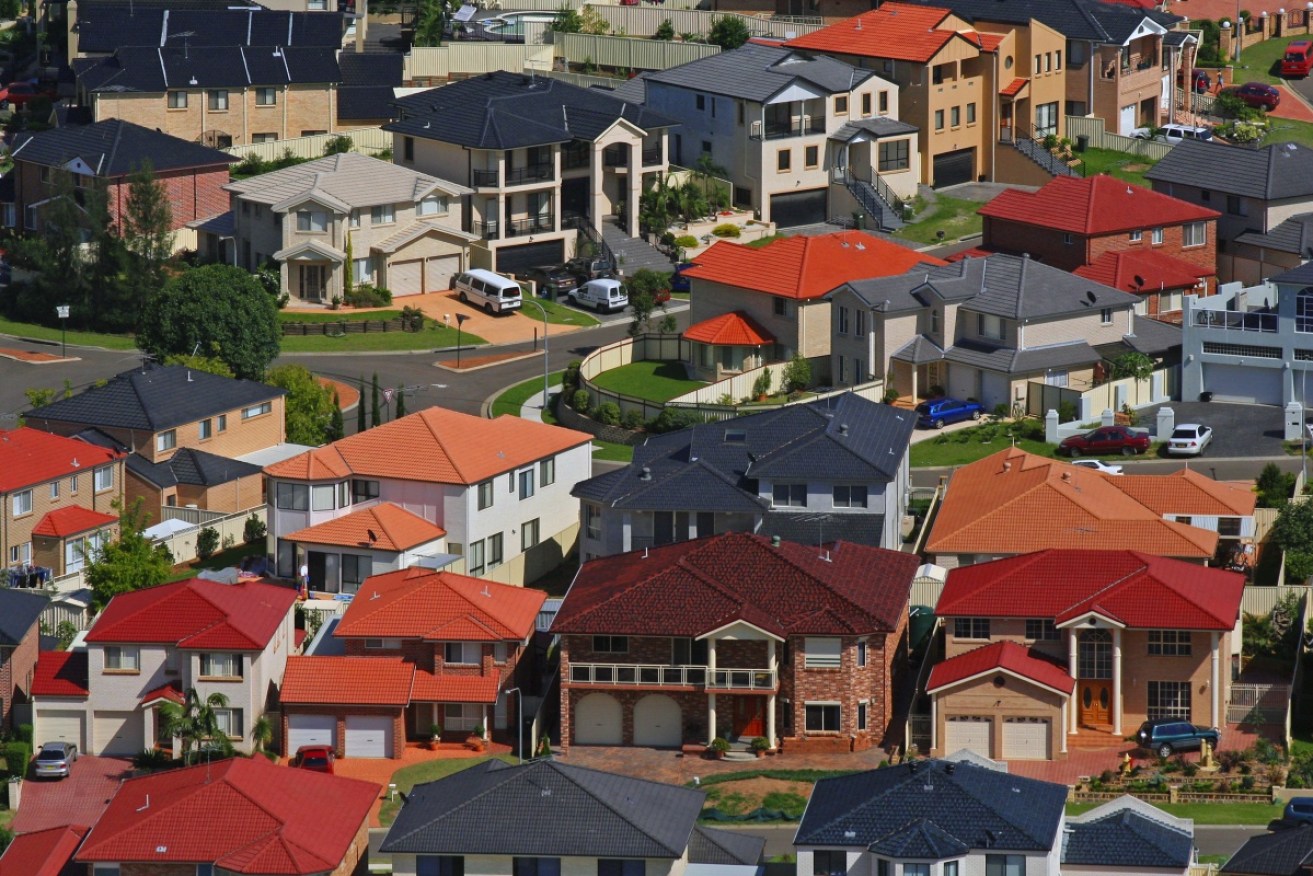Property prices blamed as more renters fail to make the leap into home ownership


Nearly a third of Australians are now renting. Photo: Getty
Fewer renters are climbing the housing ladder to home ownership, with high property prices likely to blame, a study shows.
Renters are a growing demographic group in Australia as home ownership rates continue decline, according to the 2018 Household, Income and Labour Dynamics in Australia (HILDA) report.
Nearly a third of Australians now rent – 31.3 per cent of the population in 2016, up from 28 per cent in 2001.
The rise of private renting has also coincided with a decrease in government funding for social housing. In 2016, just 3.3 per cent of the population lived in social housing, down from 5 per cent in 2001.
The transition from renting to home ownership has also “become less common”, particularly among younger age groups, the study shows.

Renters are a growing demographic in Australia. Source: HILDA
Between 2001-2004, an average of 13.6 per cent of renters became home owners in any given year. Between 2013 and 2016, that fell to 10 per cent.
The sharpest decline in renters buying their own home was in the 18-24-year age group, with numbers falling from 13.9 per cent in 2001-2004 to 7.5 per cent in 2013-2016.
“There may be a number of factors behind this trend, [but] increases in residential property prices are likely to be an important part of the explanation,” the report said.
The HILDA figures confirm trends shown by other data, according to UNSW City Futures Research Centre fellow Chris Martin.
“Owner-occupation in Australia is declining, and lately the rate of decline has quickened,” Dr Martin said.
“More households are being priced out of owner-occupation, as price increases have outpaced incomes.”
“Accessing home ownership is becoming less a matter of income, than of wealth – in particular, being able to call on the wealth stored in housing by existing owners.”
Stress grows for many
Housing stress describes when mortgage repayments or rents are “unduly burdensome”.
A household is considered in stress if these costs are more than 30 per cent of its income, and the household is in the bottom 40 per cent of income distribution.
According to HILDA, 9.6 per cent of Australia’s population was experiencing housing stress in 2016.
Of all household types, single-parent families had the highest rates of housing stress.

Single-parent households are most likely to experience housing stress. Source: HILDA
Housing stress is also increasingly persistent, or hard to shake.
Between 2001 and 2004, 42.7 per cent of those in housing stress in one year were also in stress in the following year. In 2013, this “measure of persistence” had increased to 49.2 per cent.
Among the 71.6 per cent of Australians with housing costs, private renters are the most stressed, with 20 per cent of renters experiencing housing stress in 2013-2016, up 7.3 percentage points on 2001-2004.
Next are social housing renters, with 17.8 per cent considered to be in housing stress, up 2.4 per cent on 2001-2004.
Owners with mortgages had the lowest rate of housing stress at 9.2 per cent, down 0.6 percentage points on 2001-2004.
When it comes to different types of homes, 18.6 per cent of residents in flats were in housing stress in 2013-2016, followed by 15.7 per cent of those living in semi-detached houses (a rise of 4.4 per cent on 2001-2004), and 8.5 per cent of those in separate houses.
“Growth in housing stress has been strongest for those living in semi-detached houses, perhaps reflecting strong rent and house-price growth in the inner-urban areas of the major cities,” the report said.








